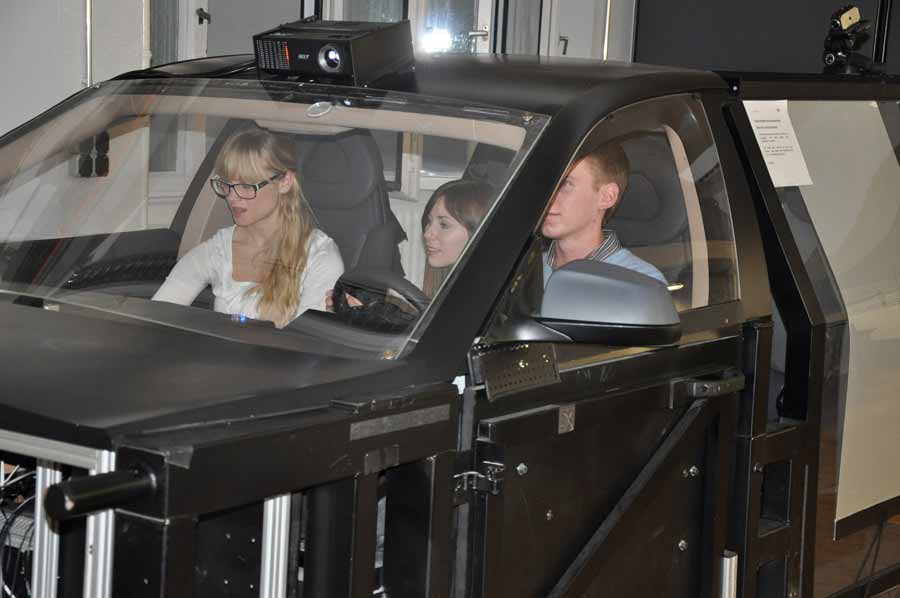Evaluate the Final Experience Potential.
Evaluate the final product.
Why.
Define the experience for the customer in the utilization context.
What.
Examine the finished product in the utilization context.
How.
Final experience design.
Prerequisite for the study is a real utilization scenario. On the one hand, you can create the situation of the story in an experiment analog to the prototype testing. On the other hand, you can, for example, have the test persons interact with the product during a test drive. The intended experience should occur even without explicit creation thereof. In both cases, participants should be recruited within the target group.
The focus lies on the determination of the final resulting experience in the vehicle. The use of several questionnaires (e.g. UXNQ, ECHO) makes sense; likewise evaluate emotion or aesthetics. Examine also to what extent the framework is transported through the product and thus is preserved during the development process. You can, for example, do this with a semantic differential. In the ideal case, participants associate the interaction with the focal points of the framework.
The evaluation of usability and suitability indicates whether the product in the final utilization context is easy to operate, understandable and safe to use. Possible methods are expert evaluations with the help of guidelines and usability experiments. For the latter, have a sufficiently large sample (at least 30 persons) carry out specific tasks. Record operating times and operating errors as well as the distraction potential (e.g. eye tracking, reaction times in secondary tasks). Compare the objective data with the required standards. Questionnaires complement the objective data with a subjective impression of the operability.
Results with regard to achievement of the user experience.
Insights
After an evaluation of the product the final evaluation covers if the story has been preserved in the final product.
References
Sarodnick, F., & Brau, H. (2006). Methoden der Usability Evaluation. Verlag Hans Huber Field, A. P., & Hole, G. (2003). How to design and report experiments (p. 153). London: Sage publications. Dingus, T. A., Klauer, S. G., Neale, V. L., Petersen, A., Lee, S. E., Sudweeks, J., Perez, M. A., Hankey, J., Ramsey, D., Gupta, S., Bucher, C., Doerzaph, Z. R., Jermeland, J., and Knipling, R. R.(2006) The 100-Car Naturalistic Driving Study, Phase II - Results of the 100-Car Field Experiment DOT HS 810 593



